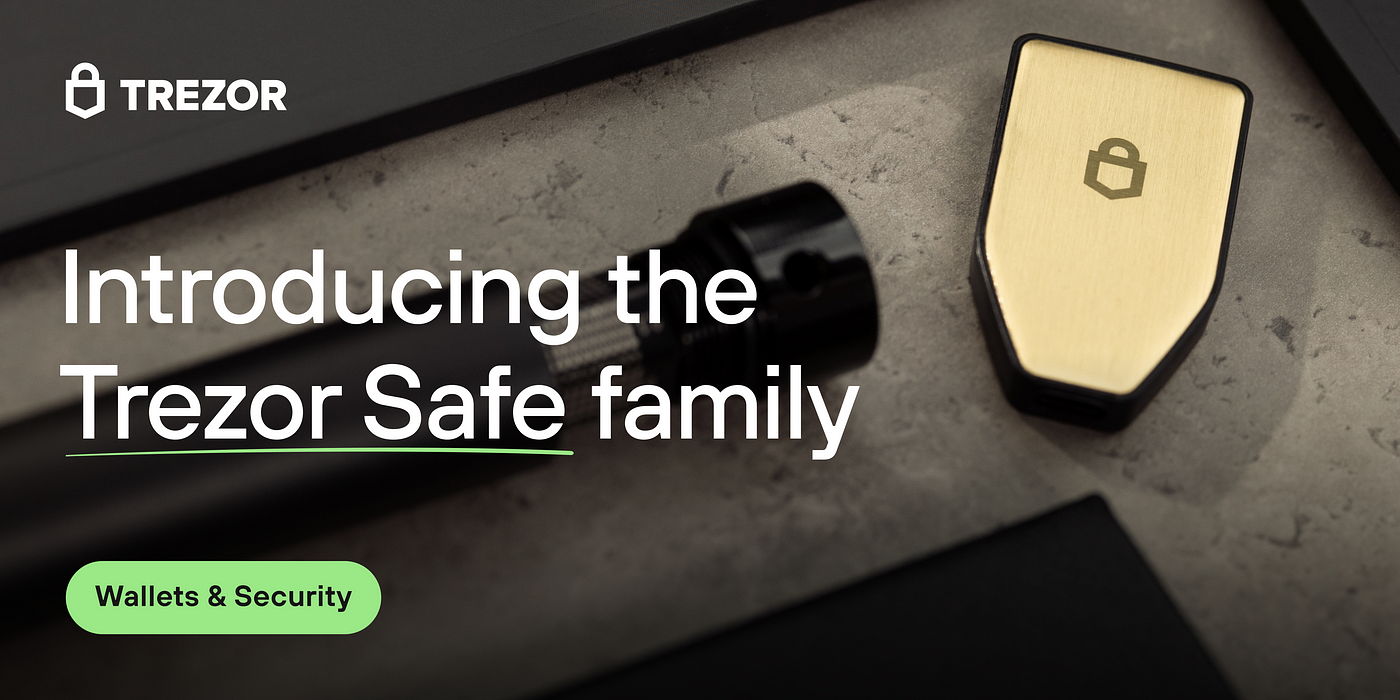
In the world of cryptocurrency, security is king. Whether you’re a seasoned investor or just stepping into the blockchain world, safeguarding your digital assets is non-negotiable. That’s where Trezor comes into play—a hardware wallet trusted by millions. If you’ve recently purchased a Trezor device, your journey begins at Trezor.io/start. Here’s a walkthrough of what to expect and how the setup experience unfolds.
Step 1: Visit Trezor.io/start
When you first unbox your Trezor hardware wallet, you’ll find a small but powerful device designed to store your cryptocurrencies offline. The packaging typically includes the device, a USB cable, recovery seed cards, and a user manual. Before doing anything else, you’ll be instructed to visit Trezor.io/start. This is the official setup page and acts as your command center for installation, security, and configuration.
Step 2: Choose Your Device
Trezor currently offers two main models: Trezor Model One and Trezor Model T. Once you’re on the website, it will ask you to select your device to guide you through the tailored setup process. The steps are slightly different depending on the model, but the core principles remain the same—security, backup, and control.
Step 3: Install Trezor Suite
After selecting your model, you’ll be prompted to download Trezor Suite, the official desktop app for managing your device. Available for Windows, macOS, and Linux, this application is where you’ll interact with your wallet, send or receive crypto, check balances, and adjust settings. It’s crucial to download this software only from the official site to avoid phishing scams or malware.
Step 4: Connect and Initialize
Once installed, open Trezor Suite and connect your device using the included USB cable. The app will automatically detect the device and begin the initialization process. If your device is brand new, you’ll install the latest firmware. This step ensures your wallet is up to date with the latest security patches and features.
Step 5: Create a Wallet and Backup
Now, you’re ready to create a new wallet. This is the most important part of the process. Trezor will generate a recovery seed phrase, typically 12 or 24 words long. Write these words down on the provided seed cards—never take a photo or store them digitally. This seed is the key to restoring your wallet if the device is lost or damaged. Keep it somewhere safe and private.
Step 6: Set PIN and Enable Features
After backing up your seed, you’ll be prompted to set a PIN code for your device. This adds a layer of physical security—without the PIN, no one can access your wallet. You can also enable optional features like passphrase protection, hidden wallets, and CoinJoin (for enhanced transaction privacy).
Final Thoughts
Setting up your Trezor at Trezor.io/start is a streamlined, user-friendly experience. With step-by-step instructions, built-in security checks, and intuitive design, it takes the stress out of managing your crypto. Whether you’re holding Bitcoin, Ethereum, or any supported altcoin, Trezor gives you peace of mind knowing your assets are safe offline.